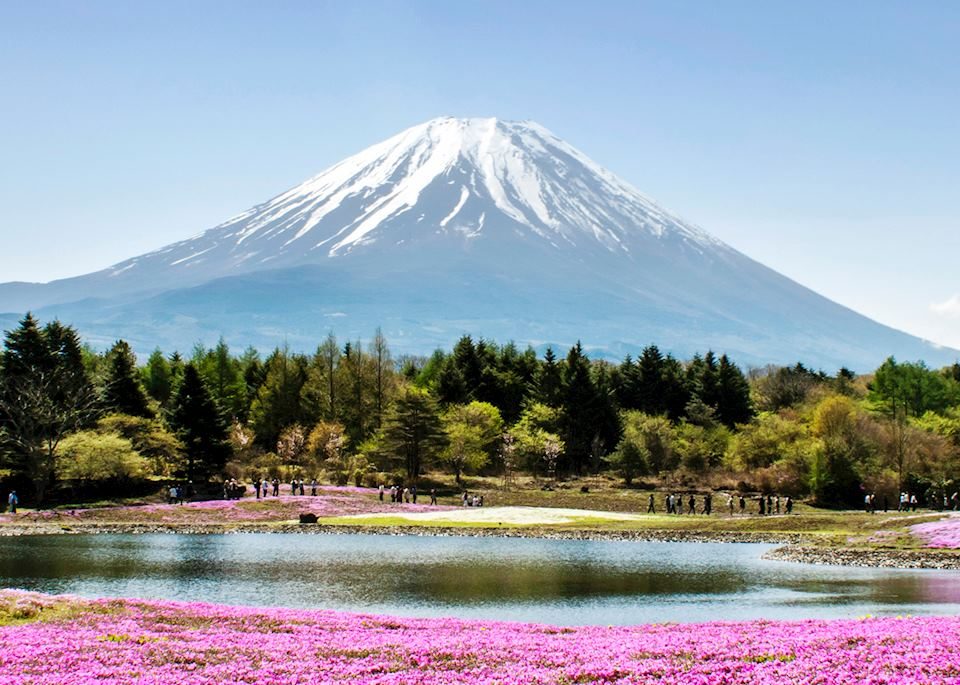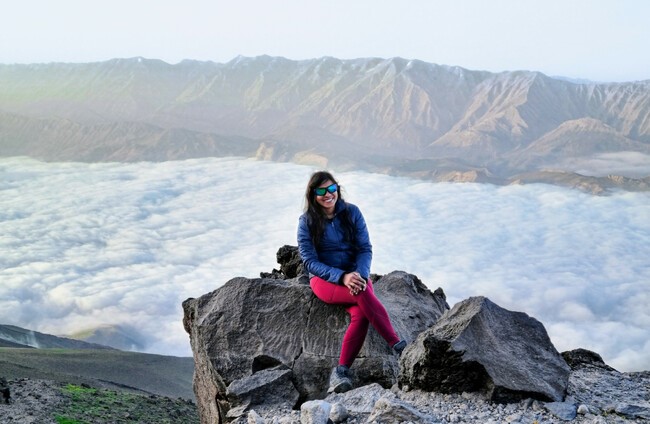
Using the capacity of Damavand climbing for people’s happiness
February 17, 2024
Why to climb mount Damavand in Iran?
April 21, 2024Introduction
Mount Damavand
Mount Damavand in winter
Geography
Altitude 5,670 m
Elbourz massif
Coordinates 35° 57′ 04″ North
52° 06′ 32″ East / 35.951, 52.109
Administration
Country Iran Iran
Province Mazandaran
Geology
Type Gray Volcano
Activity Asleep
Last eruption 5,350 BC AD
Code 0302-01-
Iran relief location map.jpg
Mount Damavand
Mount Damāvand (Persian: دماوند, Damāvand or Demavend) is the highest semi-active volcanic peak in Iran.
Culminating at 5,671 m, it is located in the Elburz range, 66 kilometers northeast of Tehran. The mountain is also known as Donbavand.
The peak is located near the southern coast of the Caspian Sea, in the Amol department, Mazandaran province. The last eruption of this volcano dates back 7,000 years. The nearest town is Rineh, south of the mountain.
History
Despite the place that Damavand occupies in Iranian mythology, it was forgotten in maps and was not mentioned by Western travelers like Jean Chardin or Pietro Della Valle.
Historians and geographers have often written about early ascents, such as that of Abu Dolaf Kasraji, in around 905, or that of Yaqut, three centuries later.
In 1843, the Austrian botanist Theodor Kotschy reached the summit. From 1860, ascents were made by the British and Prussians.
The ascent
There are at least sixteen known routes. The most popular is the southern route, which has a mid-route camp at an altitude of 4000 m.
The longest ascent is from the northeast. Two days are necessary to reach the summit from the village of Nāndal, spending a night at the Takht-e Fereydoun refuge (4300 m). The west lane is famous for the views it affords at sunset. This route has another recently built two-story shelter, called Sīmorgh.
In Iranian culture
Mount Damāvand has a special place in Iranian mythology. In texts and more generally Zoroastrian mythology, the three-headed dragon Aži Dahāka was chained to Mount Damāvand, condemned to remain there until the end of the world.
In a later version of the same legend, the tyrant Zahhāk was also chained in a cave on Mount Damāvand after being beaten by Kāveh and Fereydūn.
In Šahnâmeh, the mountain is said to have magical powers.




